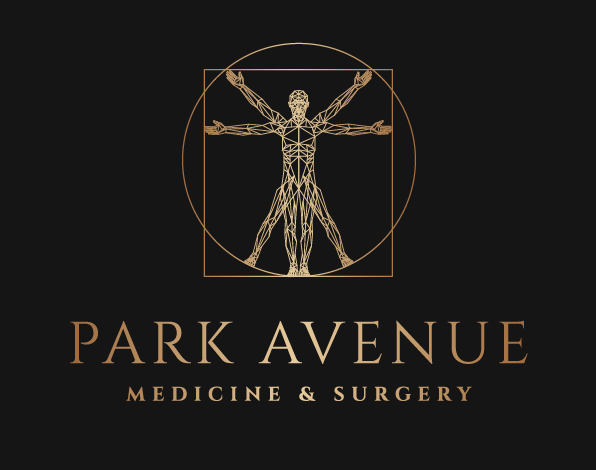Robotic Surgery: a Fad or a Furtherance?
When you wake up in the morning, the first thing you do is turn off the alarm on your smartphone. The emergence of new technologies like the latest smartphone makes our lives better. This also transcends the boundaries of everyday lives to specialities including medicine.
Robotic surgery was first documented to be used in 1985 in a neurological procedure. At the turn of the century the FDA approved the first surgical robot, the da Vinci Surgery System, for a variety of procedures. Since then, the field of robotics has come a long way which can be seen with the development of more autonomous devices, including drones.
The past ten years have shown a drastic increase in the number of “robotically assisted surgeries.” The catch that many people are unaware of is that the surgeries are still performed by the surgeon, there is no autonomy on the part of the robot in actually performing any part of the surgery.
Here is how it works: the surgeon sits on a stool a little ways away from the operating table, and controls the robot hanging over the patient, through controls that resemble a professional video gamer’s set up. The surgeon is able to view the area of the surgery in a blown-up, 3D image that allows for more detailed visualization, as he or she performs the surgery. A closer visualization is indubitably a benefit leading to more precise surgery. However the precision and safety associated with the lack of human error that people assume comes with robotic surgery is more of a myth than reality. Perhaps one day in the distant future we will have robots that perform surgeries autonomously but for now they belong in science fiction. With other minimally invasive techniques such as laparoscopic surgery, the question arises of whether robotic surgery’s benefits outweigh the costs.
Sceptics believe that the increase in robotic surgery is driven by the billion dollar industry. Just like your teenage nephew wants the latest smart device, your trained doctor wants the latest surgical robot. These machines are incredibly expensive, they can cost up over $3.5 million and have servicing fees of over $300,000. Inevitably, these costs trickle down to the patient paying the hospital bills.
No step towards progress is perfect, and there might be setbacks in some areas and progress in others. Especially in the field of science, there is an initial give and take. However, the advancement in robotics and robotically-assisted procedures helps add an additional layer of security for both the patient and physician.
For more information check out NYU's Robotic Surgery Center online: https://med.nyu.edu/robotic-surgery/



